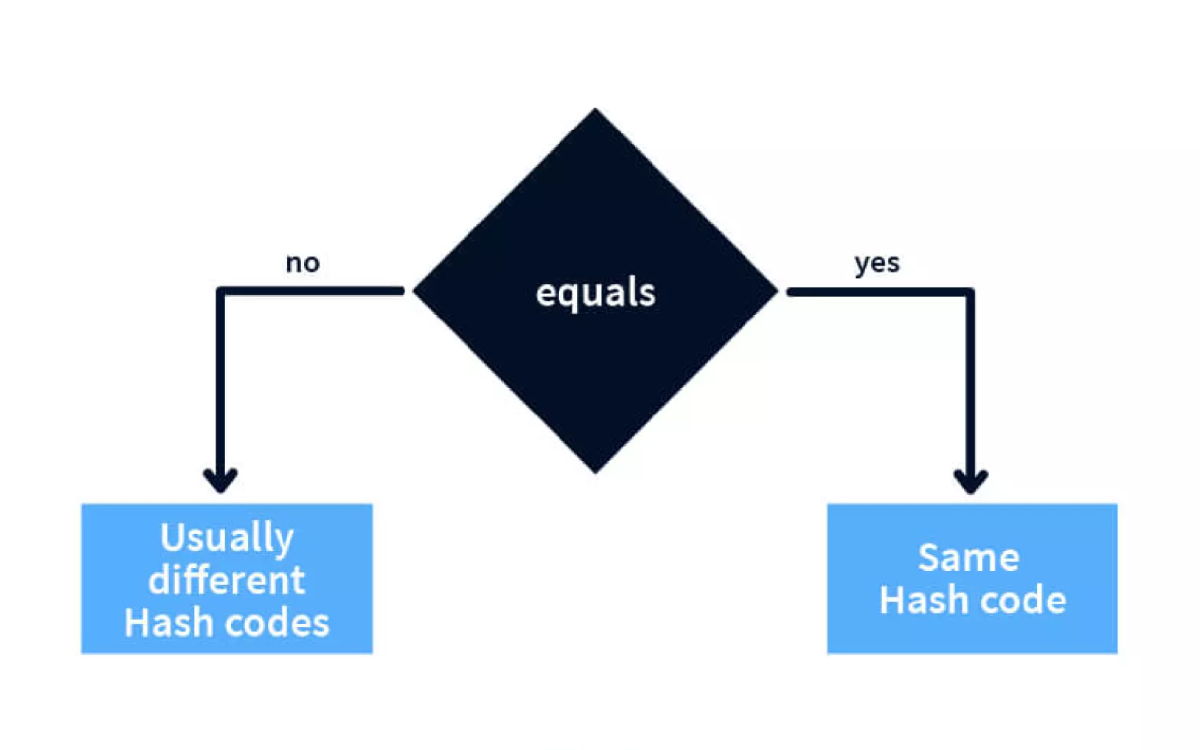Encapsulation is one of the fundamental concepts in object-oriented programming (OOP), and it plays a crucial role in ensuring the integrity and security of your code. In this article, we will explore what encapsulation is, its importance in Java, practical use cases, and how to achieve encapsulation in Java programming.
What is Encapsulation?
Encapsulation is one of the four fundamental principles of OOP, along with inheritance, polymorphism, and abstraction. It refers to the practice of bundling data (attributes or fields) and methods (functions) that operate on that data into a single unit called a class. Encapsulation restricts direct access to some of an object’s components and ensures that the internal state of an object is consistent and protected from unauthorized access and modification.
In Java, encapsulation is implemented through the use of access modifiers and getter and setter methods, which control the visibility and manipulation of an object’s attributes.
The Importance of Encapsulation
Encapsulation provides several benefits when designing and implementing Java applications.
- Data hiding and Protection
- Encapsulation helps in hiding the internal details of an object from the outside world. This means that the internal state of an object is not directly accessible, preventing unintended or malicious manipulation of data. This is crucial for maintaining data integrity and security.
- Control over Data Access
- By using access modifiers like
private,protected, andpublic, encapsulation allows you to control the level of visibility and access to an object’s attributes. This ensures that only authorized methods can modify the data, reducing the chances of bugs and errors.
- By using access modifiers like
- Flexibility and Maintenance
- Encapsulation promotes modularity and flexibility in your code. You can change the internal implementation of a class without affecting the code that uses the class, as long as the public interface (methods) remains the same. This makes it easier to update and maintain your codebase over time.
- Code Reusability
- Encapsulation encourages the creation of reusable classes and components. By exposing a well-defined interface through methods while hiding the internal details, you can reuse classes in various parts of your application and even in other projects.
How to achieving Encapsulation in Java?
- Use Access Modifiers
- Declare class members (attributes and methods) with appropriate access modifiers (
private,protected, orpublic) to control their visibility.
- Declare class members (attributes and methods) with appropriate access modifiers (
- Private Attributes
- Make class attributes private to prevent direct access from outside the class.
- Getter and Setter Methods
- Provide public getter and setter methods to access and modify the private attributes. These methods should encapsulate the data by enforcing constraints and validation rules.
public class Person {
private String name;
private int age;
// Constructor
public Person(String name, int age) {
this.name = name;
this.age = age;
}
// Getter for name
public String getName() {
return name;
}
// Setter for age with validation
public void setAge(int age) {
if (age >= 0) {
this.age = age;
}
}
}In this example, the name and age attributes are private, and we provide getter and setter methods to access and modify them while enforcing a non-negative age constraint.
Let’s discuss abstraction in upcoming article.




